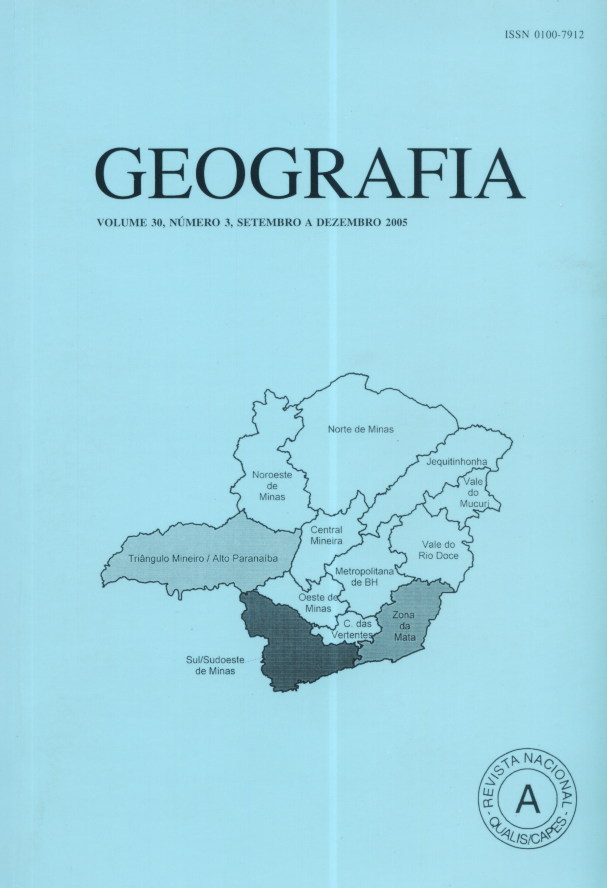Geo-spatial data integration for mapping landscape units in the Tapajos region
Abstract
The stratification of the ecosystem in homogeneous regions is crucial for determining the spatial variation of environment variables in studies related to the carbon dynamics in the Amazonia. Based on the hypothesis that landscape heterogeneity is determined by the interaction of the different types of vegetation, relief and land use, the principal aim of this research was to present a methodological routine to generate a Landscape Unit (LU) map for the Tapajos region. The study area is localized between the latitudes 02o 24’ 2” S and 04o 01’ 1” S, and longitudes 55o 30’ 2” W e 54o 29’ 5” W, in the Para State. Boolean logic operations were applied for the integration of the thematic maps containing the information about landscape attributes. The LU map showed that despite primary forests is the dominant vegetation type in the region, around 28% of the study area suffered human intervention. The proposed routine was efficient in characterizing the landscape heterogeneity. The advantages of this method are the preservation of more representative vegetation types and the reduction of the number of sample units. This mapping is important for helping regional scale researches using from a high to a moderate spatial resolution approach (from 30 to 500 meters). Key words: Stratification, Amazon, GIS, land use, mappingDownloads
Published
Issue
Section
License
The authors maintain the copyright and grant GEOGRAFIA the right of first publication, with the articles simultaneously licensed under the Creative Commons BY 4.0 License, which allows sharing and adapting the articles for any purpose, as long as appropriate credits and provisions of image rights, privacy or moral rights. Other legal attributions can be accessed at: https://creativecommons.org/licenses/by/4.0/legalcode.en.
Geography, Rio Claro, SP, Brazil - eISSN 1983-8700 is licensed under the Creative Commons BY 4.0 License.





